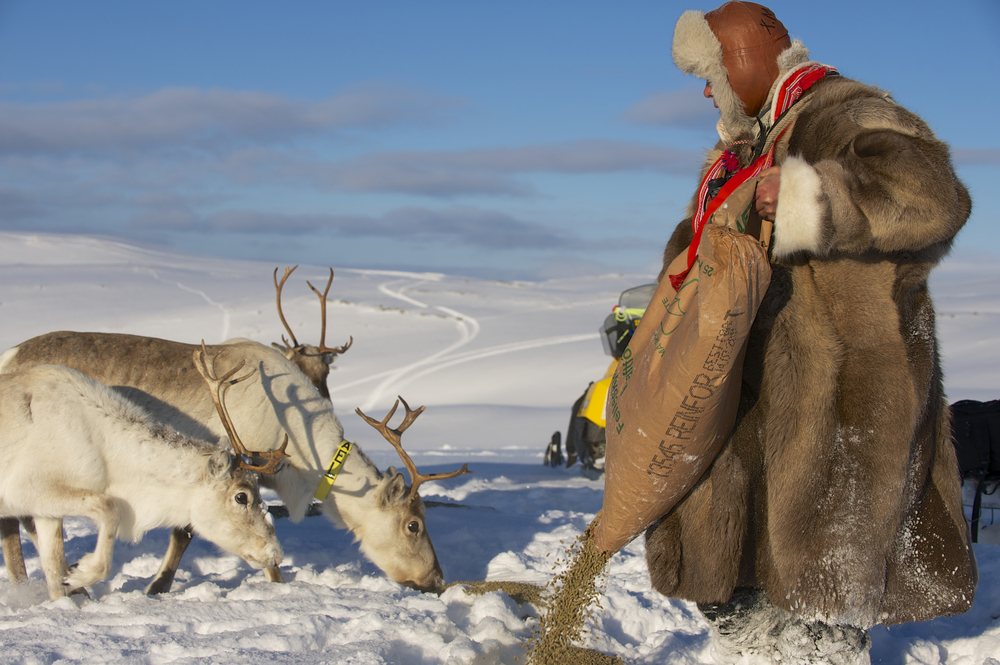The story of the legendary Sami people of the Arctic and their role in the Nordics today.
Having lived in the area now occupied by much of northern Finland, Norway and Sweden – as well as parts of Russia – the Sami are an ancient people that have lived in the region for tens of thousands of years.
A traditional people, much of their livelihood was based around hunting and fishing, with the biggest part of their lifestyle revolving around reindeer herding.
Before contact with missionaries they had a religion with similarities to other nomadic groups, which was focused on a connection to nature and the power of harnessing the spirits of the earth, which was done by shamans within a particular community.
Today they enjoy the protection of the nations in which they live, under whose aegis they operate a ‘Sami Parliament’ whose members are elected from within the community to serve and carry out decisions that affect the wider Sami way of life. There is even a Sami flag to represent their cultural identity (pictured below).
There are cultural organisations in the three Nordic nations in which they are found, while Russia at the moment does not yet officially recognise them as a protected minority.
While the Sami currently enjoy parts of the lifestyle that they have lived for generations – with the exception that most are now fully integrated into the global economy and sharing of information – their lives have not always been treated in such a respectful manner.
Up until the 1980s the Norwegian government exercised a policy by which they forcibly attempted to assimilate the Sami into the wider Norwegian culture. This included suppressing the Sami language and identity and discouraging its usage.
Even today many Sami complain of discrimination with Sami men up to ten times more likely to experience mental health problems.
Similarly in Sweden – where today the Sami are able to exercise their culture to a fuller extent – the history of the community has been dogged by differences between itself and the majority culture, which has not always been accommodating of the Sami way of life.
Indeed in Finland it was not until 1995 that the Sami were recognised as a minority group with the rights to protection of its language and cultural identity.
The United Nations notes that the community suffers from the affects of companies that cut down trees for the paper industry, with local people unable to practice their traditional reindeer herding.
Today the Sami make much of their fascinating way of life to entice tourists to learn more about them. The focus on reindeer herding, fishing and living close to the land is a far cry from the lifestyle of most Europeans, who tend to be cut off from the ways of their ancestors and the spiritual sustenance that a connection to the land can bring.
They are a fascinating testament to the rich history of the planet, and their knowledge of shamanism and the planet is being lost amidst the increasing globalisation they are now a part of, with the Sami religion today said to be in decline.

